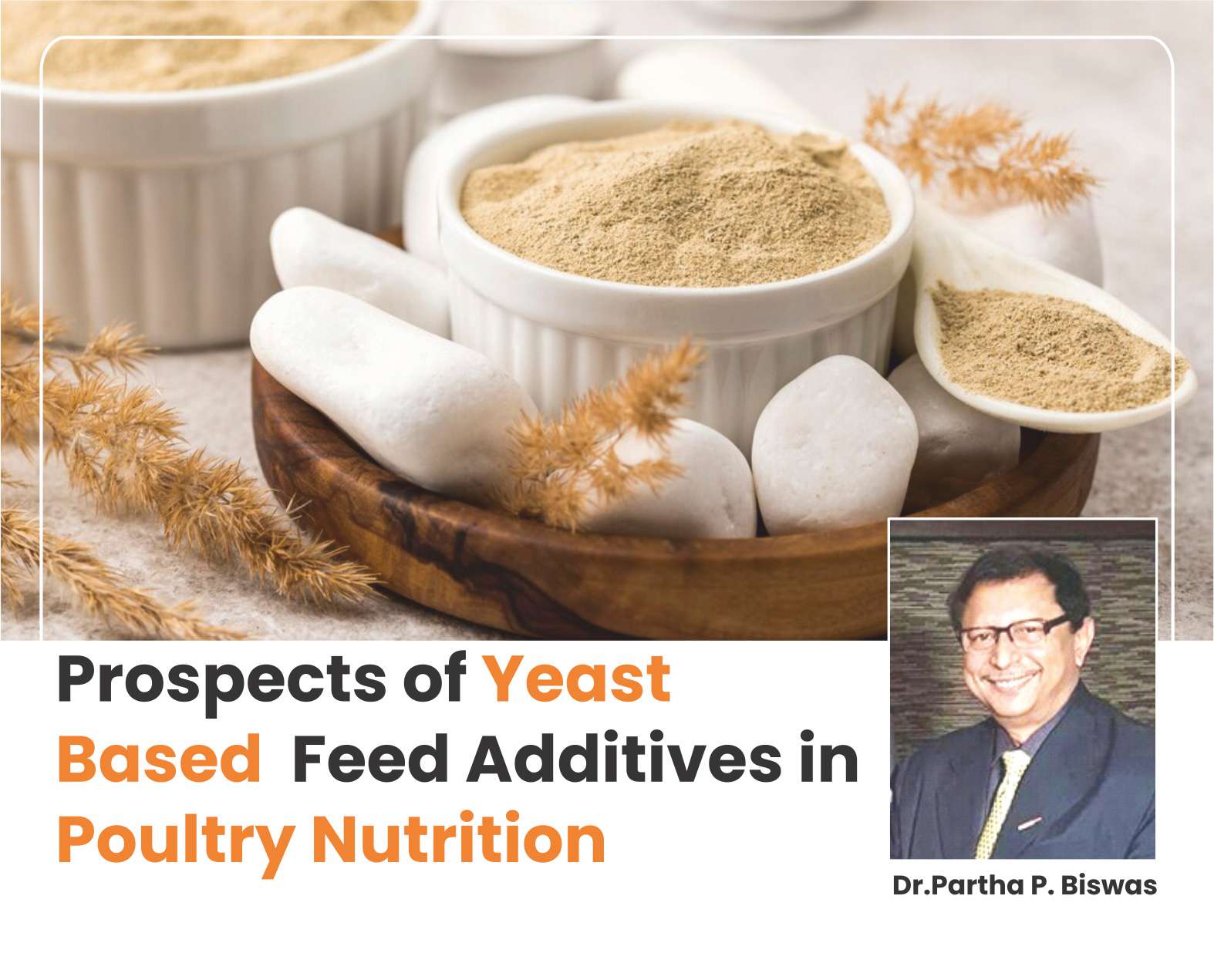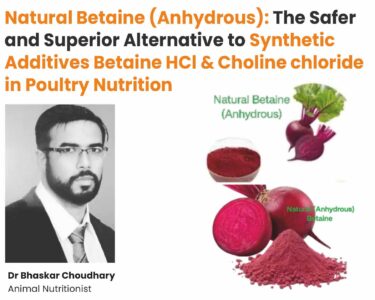Prospects of Yeast Based Feed Additives in Poultry Nutrition
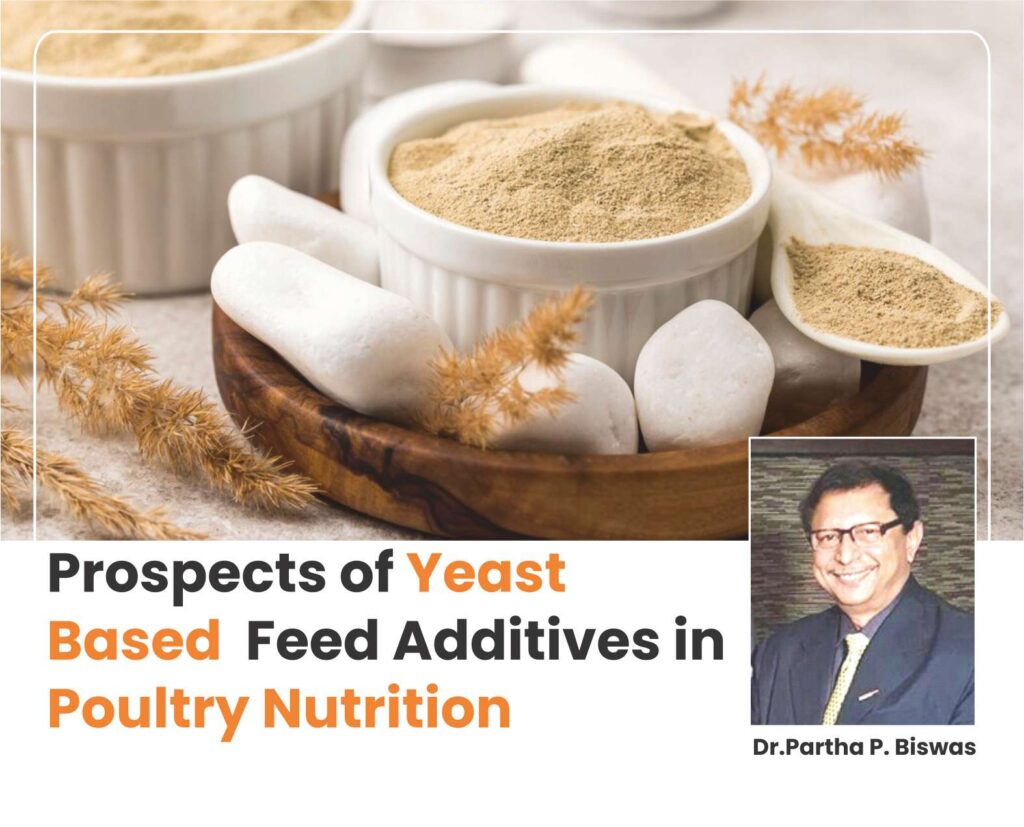
Dr.Partha P. Biswas M.Sc.,Ph.D.,F.Z.S.,F.Z.S.I.
Former Associate Professor & H.O.D.
Dept. of Zoology, R.K.Mission V.C.College,
Kolkata 700118,W.Bengal.
Senior Consultant, Aqua-Vet inputs,
Fin-O-Wing Formulations, Kolkata-700084
Due to the constant growth of the world’s population and the ban on the use of antibiotics, the production of livestock and poultry faces serious obstacles to meet the demand for meat, dairy products and eggs. Animal nutritionists are now forced to look for natural antibiotic substitutes because of this ban. In this regard, Saccharomyces cerevisiae (SC), or baker’s yeast, has attracted much interest in the last ten years. The use of probiotics is one of the most important ways to organically replace antibiotic growth promoters, or AGPs, in chicken feed. The live microbial culture contained in probiotics affects the intestinal microbiota and improves health by competing with the exclusion of pathogens. Two types of bacteria, Lactobacillus and Bifidobacteria, and yeast, especially SC, are the most important probiotic cultures used in poultry feed.
Enhancing Poultry Production with Yeast Products
Yeasts are eukaryotic unicellular microorganisms with a diameter of 3-40 microns. Of all the yeast species, S. cerevisiae is the facultative anaerobic fungus that has been used the most as a probiotic or prebiotic in poultry feed. Nutritional yeast has shown great ability to promote nutritional efficiency by stimulating digestive enzymes, enhancing immune responses and maximizing overall health. European countries have recognized SC as a safe additive in animal feed, and the US Food and Drug Administration has declared this yeast as generally recognized as safe (GRAS). Prebiotics such as fructo-oligosaccharides (FOS), MOS and glyco-oligosaccharides (GOS) have received much global attention and appear particularly promising. MOS are glucomannan protein complexes isolated mostly from yeast cell walls. In addition, β D-glucans are usually extracted from yeast cell walls (YCW).They are naturally active compounds that play an important role as biological response modifiers. Yeast can be added to bird feed in an amount of 5.0-10.0 g/kg feed.
Yeast Products
There are several types of yeast supplements, such as active yeast, yeast cell wall (YCW), purified cell wall components, and yeast cultures or extracts after yeast fermentation. These additives differ in appearance, composition of biologically active components and use in the production system.
In addition, yeast processing or fermentation conditions,
as well as yeast serotypes or strains, greatly affect the final product and subsequent livestock nutritional outcomes. Therefore, when choosing yeast ingredients, it is important to understand the differences between alternative products.As a feed additive for livestock and poultry breeding, active dry yeast has higher microbial activity. Dietary supplementation with heat-resistant active yeast number (>109 CFU) significantly improves the feed intake (at 50 mg i.e., 1 × 109 cfu /kg broiler diet ).
Yeast as Probiotic for Poultry
In poultry, the benefits of yeast probiotic supplements include increasing the production performance of broilers and increasing the resistance of chickens to enteric pathogens (Salmonella, Campylobacter jejuni, C. perfringens, or E. coli).In addition, yeast probiotic supplementation significantly reduces the colonization rate of Salmonellae. Yeast dietary supplements for birds and ducks can modulate the intestinal microbiota, inhibit bacterial colonization of the gastrointestinal tract.
Effects on Performance of Broilers
Yeast and its products can promote the growth of broilers, reduce morbidity and mortality. Because of their potential properties, their use in poultry feeding has numerically improved poultry performance on an industrial scale. The mechanism of action of beneficial effects of yeast includes: stimulation of brush-border disaccharidases, anti-adherence effect against pathogens and activation of non-specific immunity, binding of toxins and antagonistic effect against pathogenic organisms. The effect of YC supplementation on broiler performance is more evident during the growing period.It appears that an adaptation period is required before the effects of YC supplementation can be significant, as changes in intestinal morphology and immune responses take time.
Performance Of Layers Adding SC In Diet
It is well known that yeast derivatives have a positive effect on egg-laying activity. Addition of baker’s yeast (0.15 and 0.20%) significantly increased the egg production rate of layers compared to the control group during the 10-week experimental period. Addition of yeast culture (SC) (0.05, 0.1, 0.2%) to the diet of laying hens (18-19 weeks) shows the desired effect on body weight, FCR and egg production. With better FCR, yeast significantly (0.1, 0.2%) increases egg production and final body weight.
YC Increases P and Ca Digestibility
Supplemental YC increases P and Ca digestibility. Earlier studies also reported improved utilization of phosphorus or calcium in phosphorus-insufficient or sufficient diets of poultry when YC was supplemented. Some investigators reported that YC contains 1,400 units/kg of phyase. The improvement of P or Ca utilization could partly be attributed to phytase activity of YC.
Yeast-derived Prebiotics B-Glucans
The cell wall of baker’s yeast, or SC, has the most β-glucan. The β-glucan is a water-soluble polysaccharide composed of glucose units. It is an economic by-product of yeast, it has several health effects with its bioactive properties. However, the degradation and fermentation properties of yeast-derived β-glucan are still unknown.
Current research shows that yeast β-glucan can improve intestinal health and is one of the candidate prebiotics to stimulate intestinal health in aged chickens. Several reports indicate that b-glucans have significant immune-stimulating and modulating effects. They are able to promote immunity in broilers by activating macrophages and protect against oncogenesis.
Mannan Oligosaccharides
Mannan oligosaccharides (MOS) are mannose-containing carbohydrates found in the yeast cell wall. Because birds do not have enzymes to break down the mannan backbone, this oligosaccharide reaches the lower GI tract undigested. It is an immune system stimulant and can alter toll-like receptor (TLR) gene expression and stimulates cytokine production. Toll-like receptors (TLRs) are pathogen recognition receptors. In addition, MOS regulates the expression of cytokine genes, including interleukin-12 (IL-12) and interferon-c (IFN-c), which are important cytokines involved in enhancing the immune response of chickens (0.2% diet of broilers feed).
Effect of Yeast Supplementation on Gut Health
Numerous studies have been conducted on the use of yeast in animal diets to control intestinal health. Dietary yeast cell wall (YCW) affects how broiler chicks’ intestines look. Increased villus breadth, height, and number of goblet cells in the duodenum are observed in broilers fed YCW. When YCW was added to broiler meals, the growth phase’s FCR increased in comparison to control birds.
Immunomodulatory Functions of YC
Studies have verified that yeast culture (YC) inhibits harmful bacteria or promotes the growth of germs. The components of YC cell walls, namely β-glucans and α-mannans, have the potential to shield the mucosa by limiting pathogens from attaching to the vesicles and reducing the amount of antigen that comes into touch with them.The concentration of serum lysozyme, a non-specific immunological effector mostly released by phagocytes, was linearly enhanced by dietary YC. The duodenum of birds fed a diet supplemented with YC had greater levels of sIgA. The concentration of sIgA rose linearly with the dietary YC content. This implies that YC has the ability to increase the humoral immune system’s production of antibodies.
Limitations of Dietary Yeast Supplementation
While DYS is unquestionably a promising feed additive, its greater quantities in chicken feed have raised concerns about how its high phenolic and calcium content may negatively effect phosphorus absorption. High amounts of non-starch polysaccharides are abundant in DYS. Furthermore, a larger dietary intake of nucleic acid can decrease uric acid output in individuals with elevated DYS levels, which might result in severe metabolic abnormalities and anorexia.

FIG.1: Yeast extracts have shown promising use as an alternative to antibiotics. These extracts have found great penetration in animal feed applications due to their ability to improve the performance of poultry & other animals including fish.
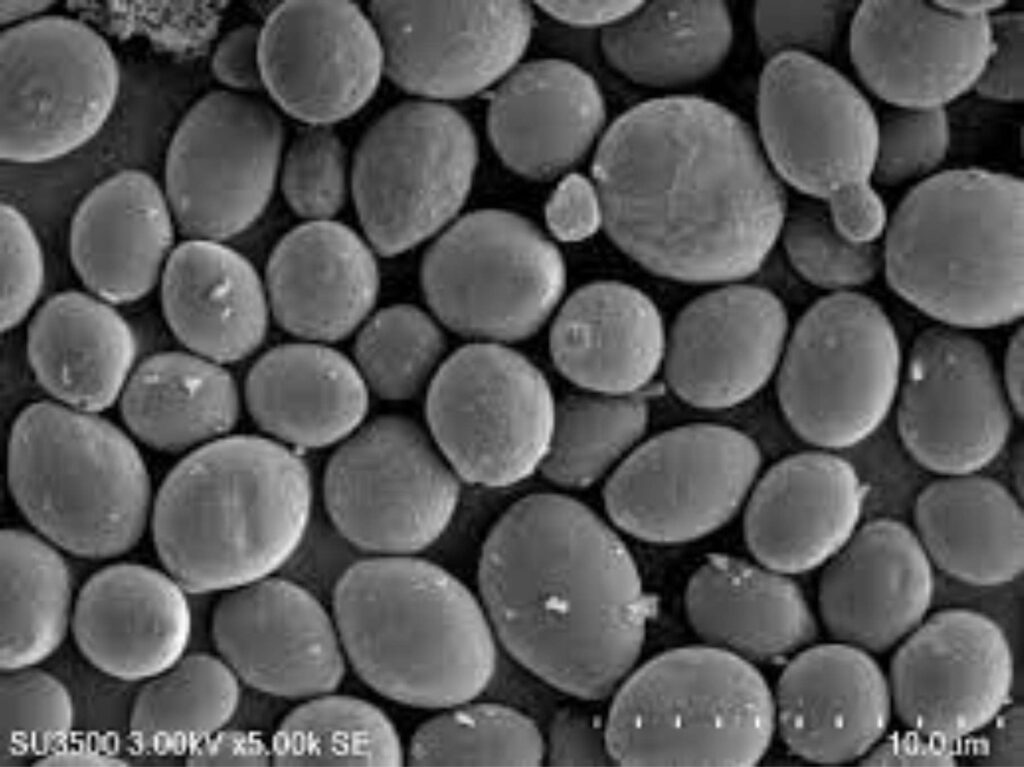
Fig.2: Scanning Electron Micrograph of cells of SC
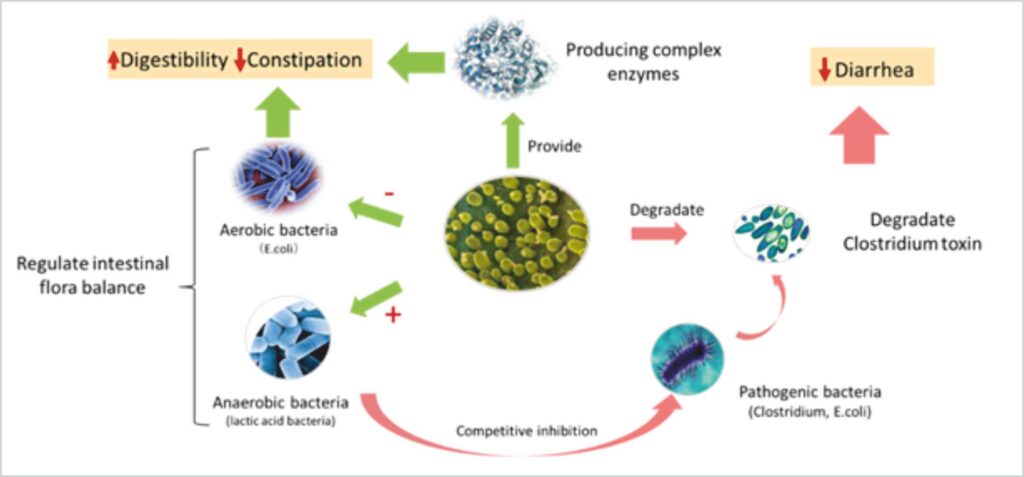
Fig.3: Main effects of live yeast on poultry birds


